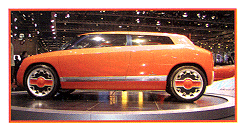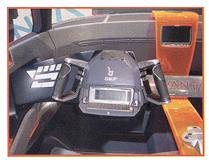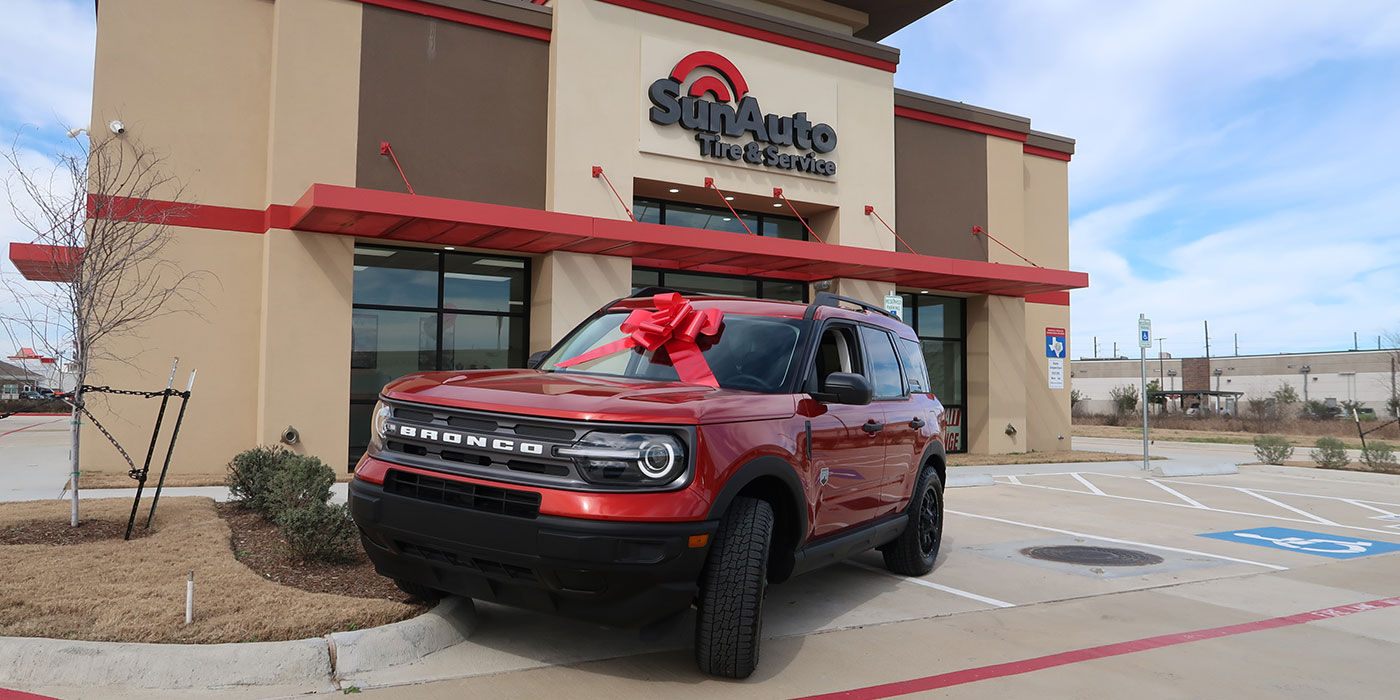Being the editor of an automotive trade magazine, such as Tomorrows Technician, allows me the opportunity to attend some remarkable automotive test drives and media press events. In October, I, along with other automotive journalists and editors from across the country, got to test-drive the Novanta the latest in drive-by-wire concept technology.
Drive-by-wire technology basically means all of the weighty and cumbersome mechanical and hydraulic components on a vehicle are replaced with smart electro-mechanical actuating units (SEMAU), representing a high-tech approach to vehicle control. This technology is expected to one day replace the traditional mechanical-based steering and hydraulic braking systems that are currently used in vehicles.
 The Novanta concept car, built by Bertone (a famous Italian automotive designer) along with a partnership with SKF (a supplier of wheel bearings and a pioneer in adapting aerospace fly-by-wire technology to automotive applications) highlights a number of advantages over current vehicle technology.
The Novanta concept car, built by Bertone (a famous Italian automotive designer) along with a partnership with SKF (a supplier of wheel bearings and a pioneer in adapting aerospace fly-by-wire technology to automotive applications) highlights a number of advantages over current vehicle technology.
Some of these advantages include ease of operation and steering controls, better interior design flexibility, increased communization of parts among vehicle lines, overall weight reduction and more room under the hood.
While the bright orange Novanta concept car has a contemporary look, the body is actually built on a SAAB 95 chassis powered by a 3.0L V6 engine and automatic transmission.
However, most of the attention is focused on the vehicles interior namely the Guida a human/machine interface unit (shown below). The Guida (which is Italian for drive) stows away in the door panel when the vehicle driver door is open. Then as the driver sits down, the unit and its supporting arm pivot in front of the driver. The human/machine interface unit, which is then operated by the driver, houses the throttle, braking and transmission mode selection (shifting). There are no foot peddles in the Novanta for braking or acceleration its all done by the drivers hands. Since the Novanta relies entirely on drive-by-wire technology to control all major driving systems, the interior is much roomier, omitting the need for a steering column, dashboard and transmission shifting unit needed with mechanical systems.
 How it Works
How it Works
The Novanta incorporates SKFs steer-by-wire system, where an electro-mechanical steering actuator replaces a conventional rack and pinion gear. So you will not find a power steering pump, or pressure hoses, or even a steering column on this car. Instead, the steering yokes are coupled and connected via a closed loop control circuit to the SEMAU.
The Novanta also uses a motorized actuator inside the driver control unit to generate feedback when the wheels are steered in order to simulate mechanical steering effort and road feel. So, the first time driving this vehicle, it may feel a bit awkward due to the unfamiliar controls. But once a driver gets accustomed to twisting the control unit grips to accelerate (similar to a motorcycle) and squeezing these grips to brake, it becomes pretty easy to operate.
For the braking system, the Novanta features custom electro-mechanical calipers jointly developed by Brembo and SKF. Logic control is handled at the level of the individual caliper. According to its engineers, signal propagation and caliper reaction times are noticeably shorter than those of conventional hydraulic systems, providing a significant improvement in safety.
You can research more about the Novanta and SKFs drive-by-wire technology by visiting the SKF website at www.skf.com, or the Bertone website at www.bertone.it/en/90_novanta_en.htm.



